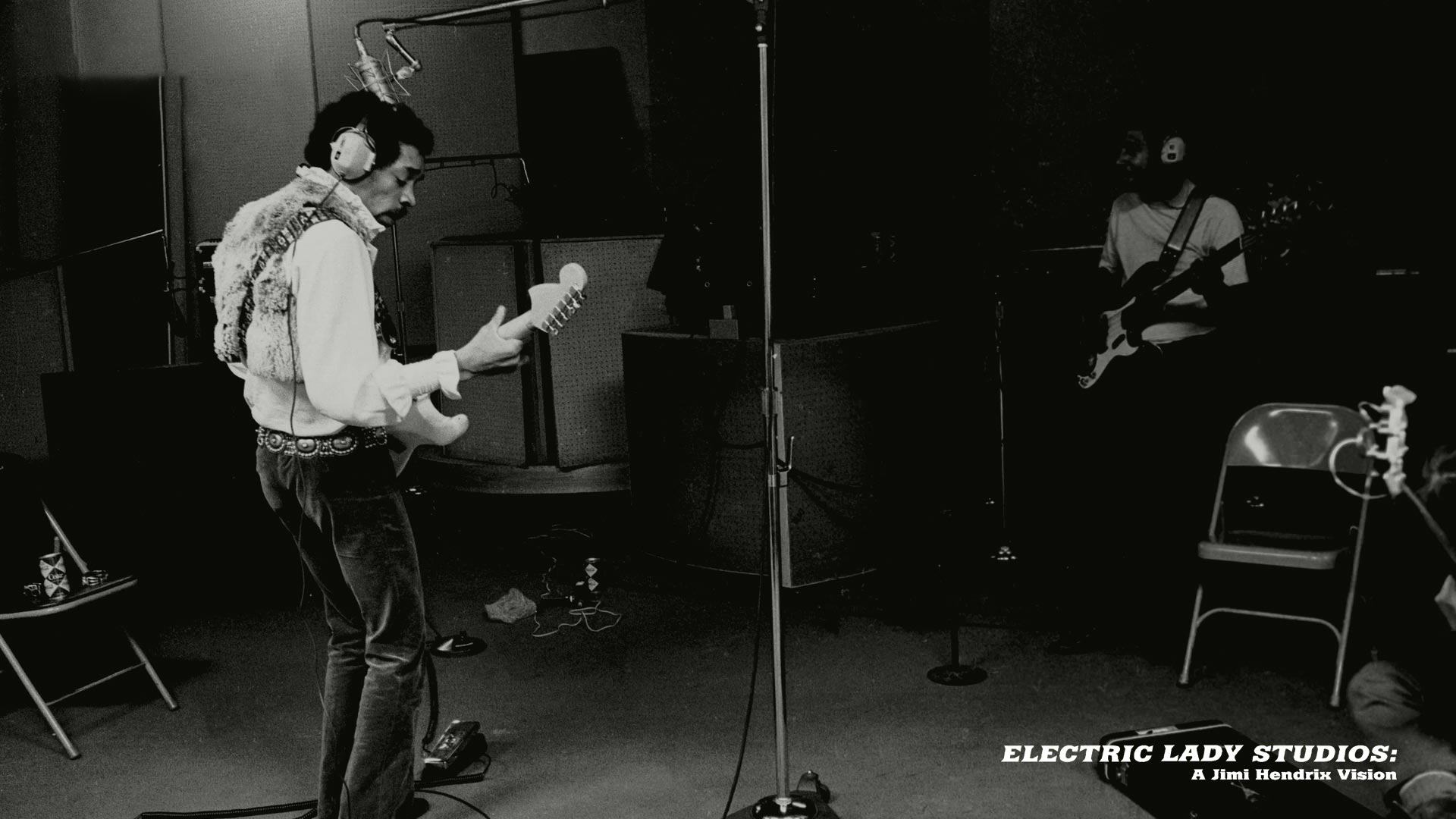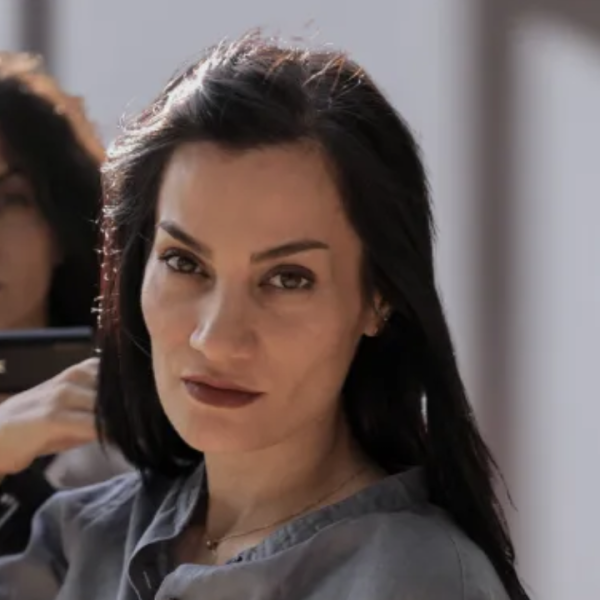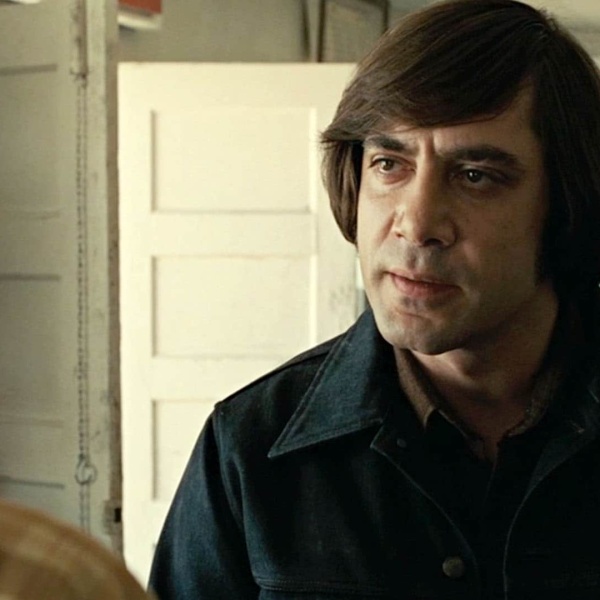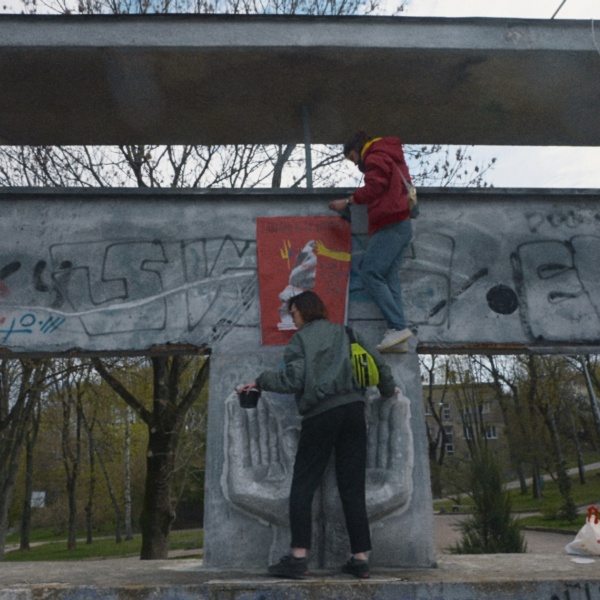In the world of American recording studios, there’s Electric Lady Studios, and then there’s everyone else. The iconic Greenwich Village studio was commissioned by Jimi Hendrix as a personal creative haven in the late 1960s, but quickly became a holy ground for musicians of all genres. Pull an iconic ’70s rock album out of a hat and there’s a decent chance it was recorded at Electric Lady, as everyone from Stevie Wonder and The Rolling Stones to Patti Smith and David Bowie used the studio at the height of its powers. The state-of-the-art recording technology and tangible connection to American music history have only added to its allure in recent years, and artists such as Taylor Swift, Lady Gaga, and Beyoncé now regularly flock to the storied studio to record new albums.
The past and present of the studio is the subject of the new documentary “Electric Lady Studios: A Jimi Hendrix Vision,” directed by Hendrix’s longtime archivist John McDermott and produced by the late guitarist’s stepsister, Janie Hendrix. The story begins in the 1960s when Hendrix was at the height of his fame and decided he needed a place to call his own musical home. He enlisted his close collaborator Eddie Kramer, who had engineered all of his studio albums in addition to working with The Beatles and Led Zeppelin, to help him find the perfect acoustic spot.
“We are in 1969, and 1969 is a crazy year,” Kramer said during a recent conversation with IndieWire. “I was recording Zeppelin and did Woodstock and all the rest of it. Jimi is now floating. He’s going from studio to studio jamming and whatever. And in that 1969 period, he and Michael Jeffrey, his manager, decided to buy The Generation, which was a nightclub. Jimi used to jam at The Generation. It went south. After a while, it was lying dormant. Jimi and Mike bought it at an auction. It was great. And it sat around doing nothing with it. And then one day they saw this picture of a very cool avant-garde club in New York City was on the cover of Life Magazine. And they said, ‘Get that guy to help us design a nightclub. We want a nightclub.’ So they hired [architect] John Stoic, my oldest and dearest friend, and then they said, ‘Well call Eddie and let him come down and have a look and see what’s going on, whether he thinks it’s a good idea.’”
Kramer did just that, and he did not think it was a good idea. While he loved the space that Hendrix had in mind, he didn’t think it made any business sense to build a nightclub. Instead, the recording industry veteran set his sights on solving a bigger problem: building a perfect recording studio that would afford Hendrix the creative freedom to jam and write music without worrying about the ballooning costs of renting time in other people’s studios.
“I walk into the space and it’s a demolition site,” Kramer recalled. “They’re trying to make it bigger. You can see things are happening. And I turned to the guys and said, ‘What on earth are you thinking? Why do you want to build a nightclub? That’s crazy. Do you know how much Jimi Hendrix spends every year, like $250,000 in 1960 dollars, on studio time? Let’s build Jimi the best studio in the world. This is going to be his place. It’s going to be gorgeous. It’ll be womb-like. It’ll be a place where he can come and relax and play.’ And that was the beginning of Electric Lady Studios.”

In addition to bringing in the kind of equipment Kramer was used to working with in studios like Abbey Road, he and Hendrix were determined to design a studio that fostered creativity. That meant prioritizing aesthetics as much as technology. The result was a beautiful room that captured Hendrix’s hippie tastes in an era when many studios were simply utilitarian.
“Most studios were boxes. They were unimaginative. There it is, there’s a box here and there’s a control room,” Kramer said. “They were not inspirational. And so we figured, let’s make this place joyous and beautiful and cool with beautiful lights. So we came up with this process of this whole ceiling that projected lights onto the white carpeted walls. It was a theatrical lighting system. We had this massive panel with knobs on it that you would have in the theater for just controlling the lights. And Jimi would go, ‘Yeah, man, that’s cool. Give me some more purple on that wall.’ He loved the fact that we could create an atmosphere that would help the process of recording and creating music and integrating all of those ethereal things that nobody really wants to think about. But if it’s there and the vibe is cool, you get a chill and you go, oh man, that’s cool. And people to this day, when the artists walk into the studio, you catch that vibe.”
The new documentary was years in the making, and tells a thrilling story of Hendrix and Kramer’s painstaking journey to build the studio. Hendrix funded the venture himself using earnings from his touring career, which often meant construction had to stop and start as he waited for new gigs. But whenever he returned from the road, the guitar legend would come back with suitcases filled with tens of thousands of dollars in cash that would allow activity to resume. McDermott, who previously directed two other Hendrix documentaries and has produced many more through his decades of working with the artist’s estate, explained that the ragtag operation speaks to how ahead of his time Hendrix was.
“I mean, one of the beauties of that era is that it was kind of like the Wild West. This was the first commercial recording studio owned by an artist,” McDermott told IndieWire. “So it isn’t as if you could look at 10 other examples and say, ‘Well, why didn’t Jimi do it like that?’ But you do realize like, ‘Ah, okay, well this is why Jimi brought home money in a shopping bag to keep paying the carpenters and plumbers.’ Because today there are now equity funds and bankers and lenders who understand the music space and the return on that investment. But back then, a guy like Jimi Hendrix walking into a bank and saying, ‘Hey, could I have another half a million?’ That’s unthinkable.”

The mystique of Electric Lady Studios has only grown in recent years, and our collective fascination with 1960s rock and roll is unlikely to wane anytime soon. The studio’s history gives it the kind of magic that can’t be replicated, making it one of the music industry’s most coveted recording spaces. Janie Hendrix, — who is responsible for managing Jimi’s estate through licensing, film, and other media projects through her role as CEO of Experience Hendrix — explained that the studio’s continued relevance is one of the biggest pillar’s of her stepbrother’s legacy.
“I think that that was probably part of the fulfillment of his dream, because when he was creating it, he wasn’t just creating it for him,” Hendrix said. “They rented it out for other artists at the time. So that kind of helped with income, but I think that he’d be very proud of what his dream flourished into because it’s a studio where people feel the Jimi vibe, they feel like it was his home. It’s a very peaceful place, and it’s an inspiration. It’s a muse for a lot of people. I’ve been in the studio working on our projects, and at the same time, there’s been John Mayer and D’Angelo and various people that were working on their projects as well, and I asked them, ‘Why would you bring all of your equipment here?’ I mean, that took a moving truck to bring it here and all the effort and the money and et cetera, when you have your own studio probably, right? And they said yes, but it doesn’t have the same vibe as Electric Lady studios where they feel like they’re close to Jimi and they’re very inspired when they’re there.”
“Electric Lady Studios: A Jimi Hendrix Vision” is now playing at The Quad in New York City, with a larger theatrical rollout to follow.






